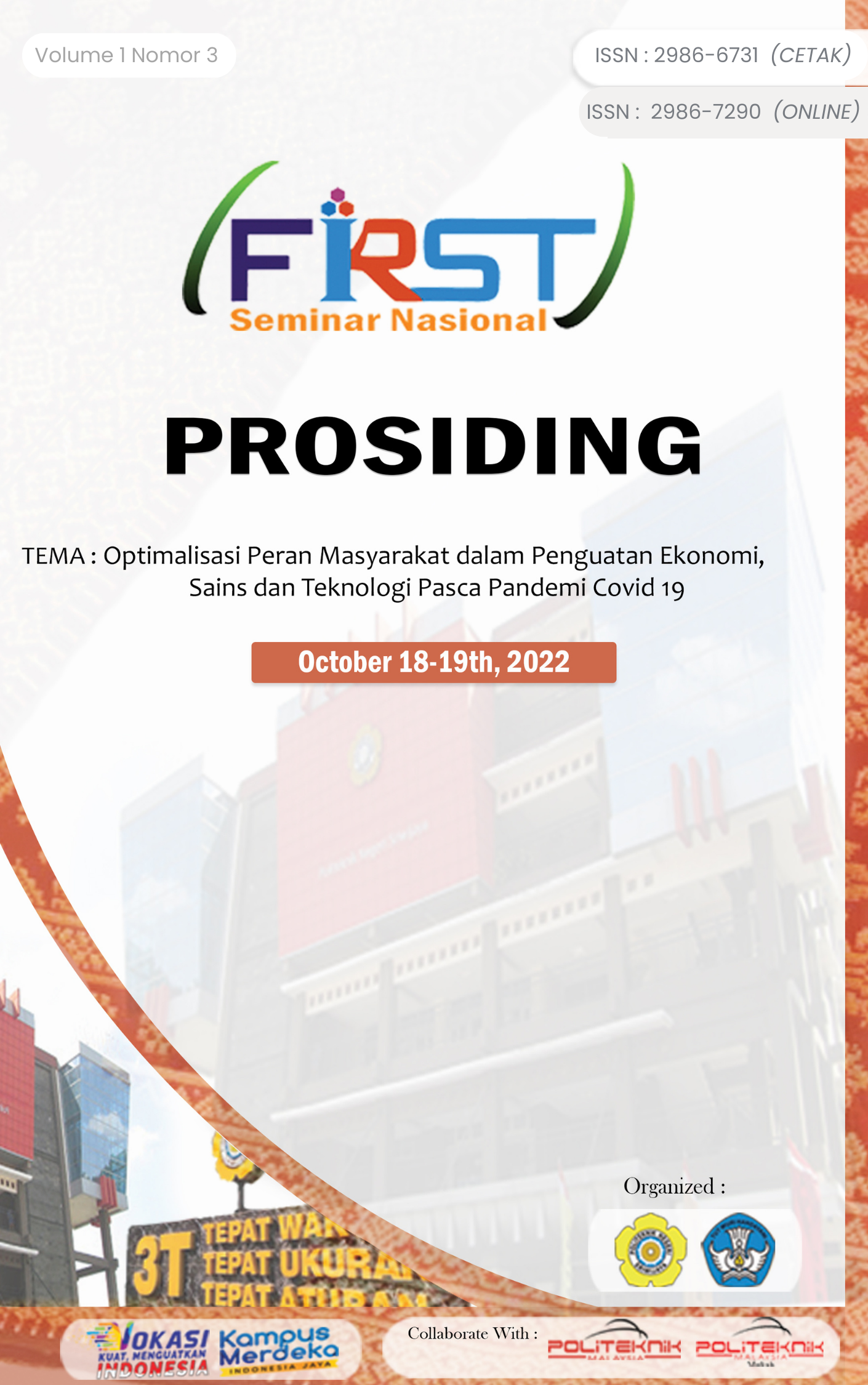BIOPELET BERAROMATERAPI SEBAGAI ALTERNATIF ENERGI PANAS PENGGANTI BAHAN BAKAR
Keywords:
Coconut Shell, Castor bean, lemongrass leaves, biopeletAbstract
Life in the present era is inseparable from fossil fuels as opposed to the availability of fossil fuels themselves. Therefore, this problem must be addressed quickly, oneway to reduce fossil fuel dependence is to develop alternative energy in the form of biomass energy.  One example of Biomass is biopelet. In this study, the manufacture of biopelets used coconut shells, castor bean, and lemongrass with 3 ingredients and 5 experiments. Research The ratio of coconut shells (TK) and lemongrass leaves (DS) 4: 1 with the addition of jatropha beans (BJ) 10%, 20%, 30%, 40% and 50% of the total weight of the mixture (% w / w) in order to produce biopelets that are easy to ignite, have combustion smoke aromatherapy and have a high calorific value. Uji proximate and calorific values in biopeletes  are carried out on  the resulting product where the calorific and proximate value tests are tested by the ASTM D-5865-11a and ASTM D-5142 test methods.  Based on research, biopelet products with the highest calorific value and the best proximate test value at a jatropha bean concentration of 50% of the total weight were produced.






